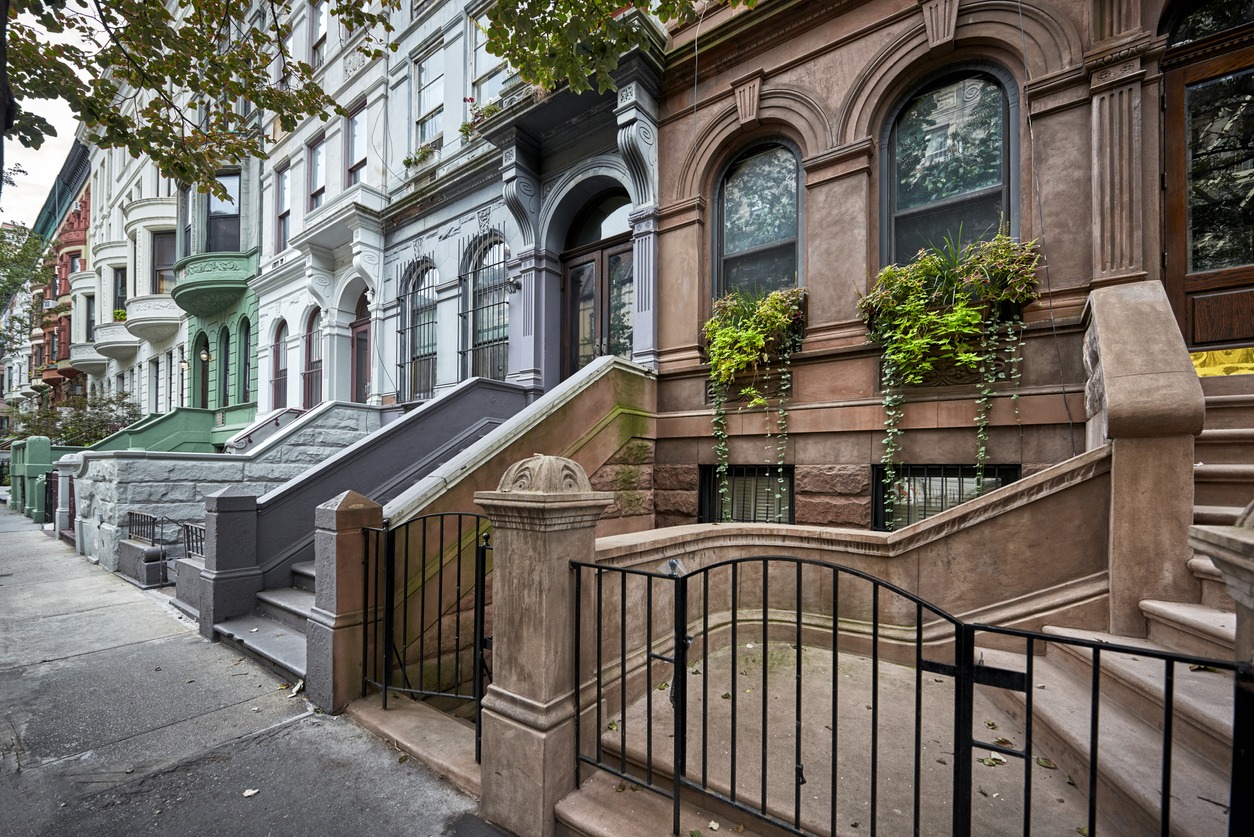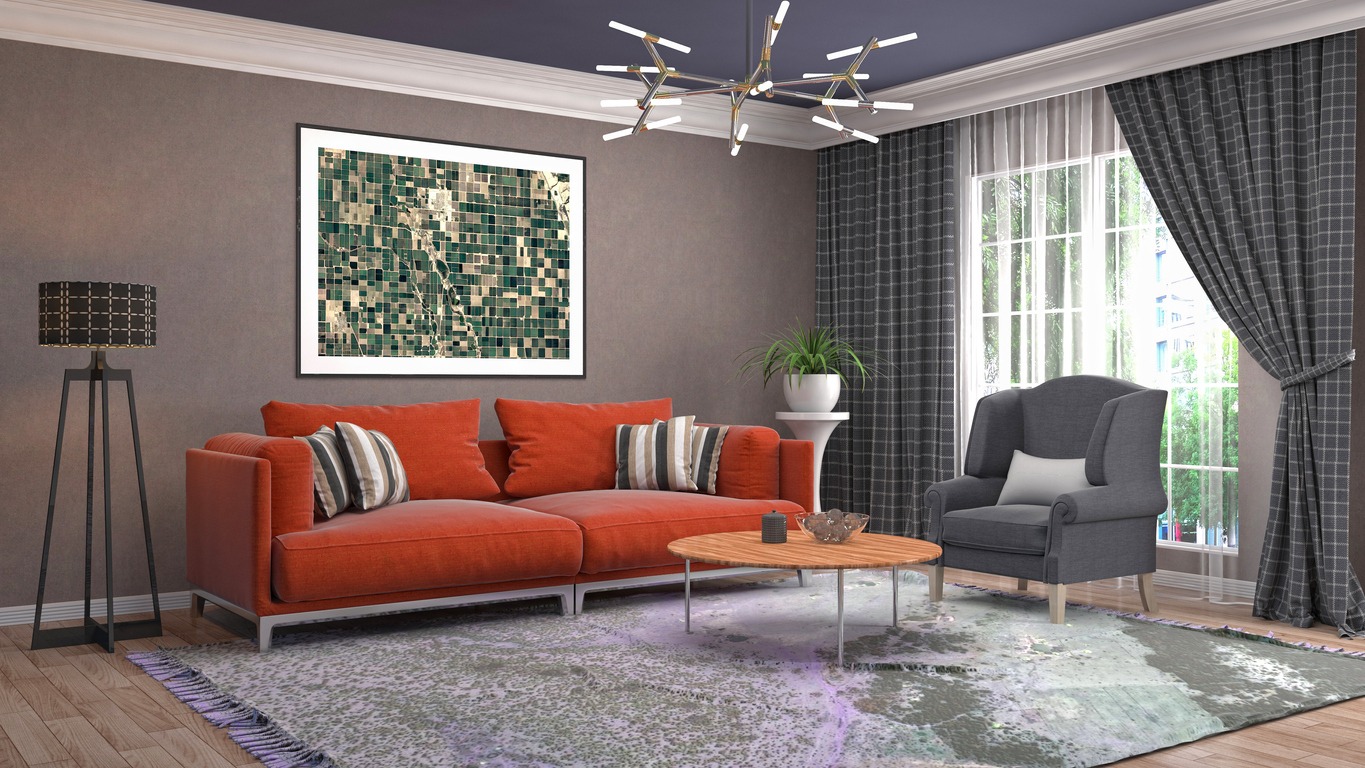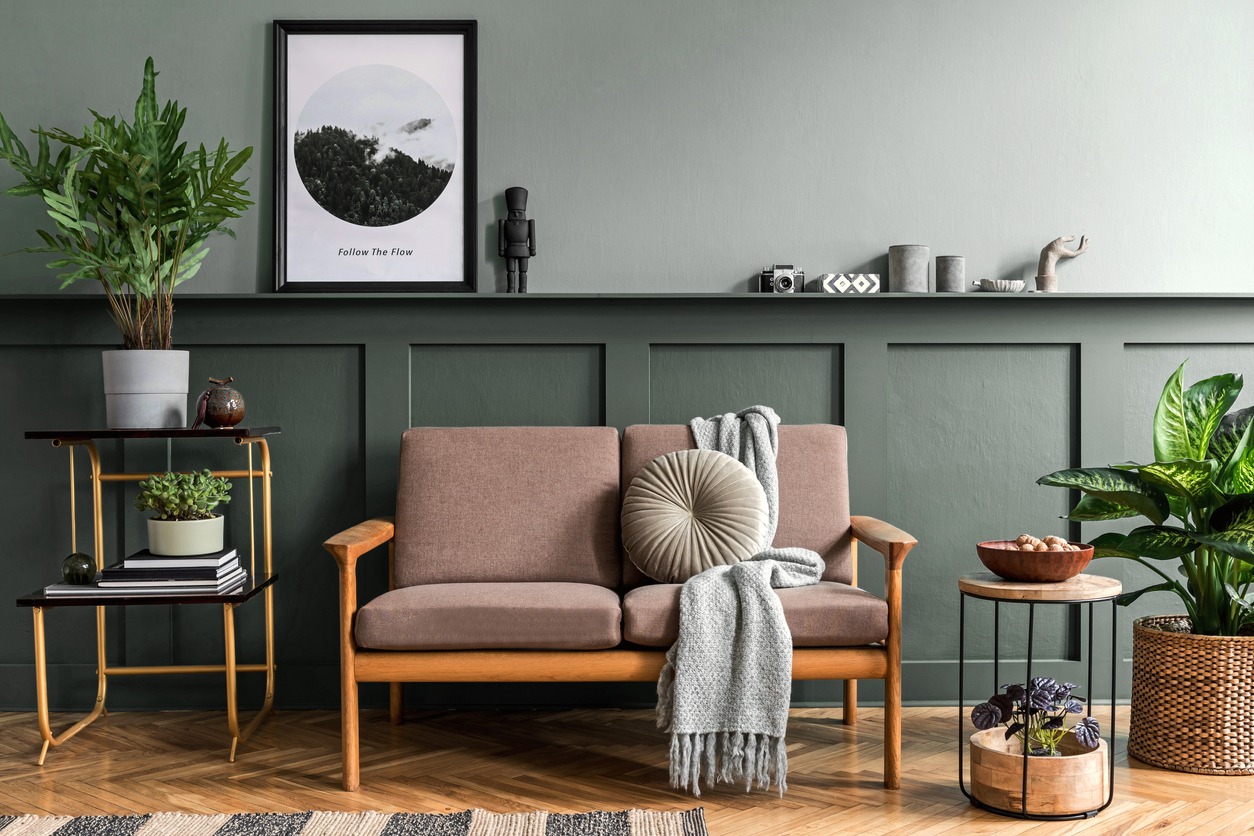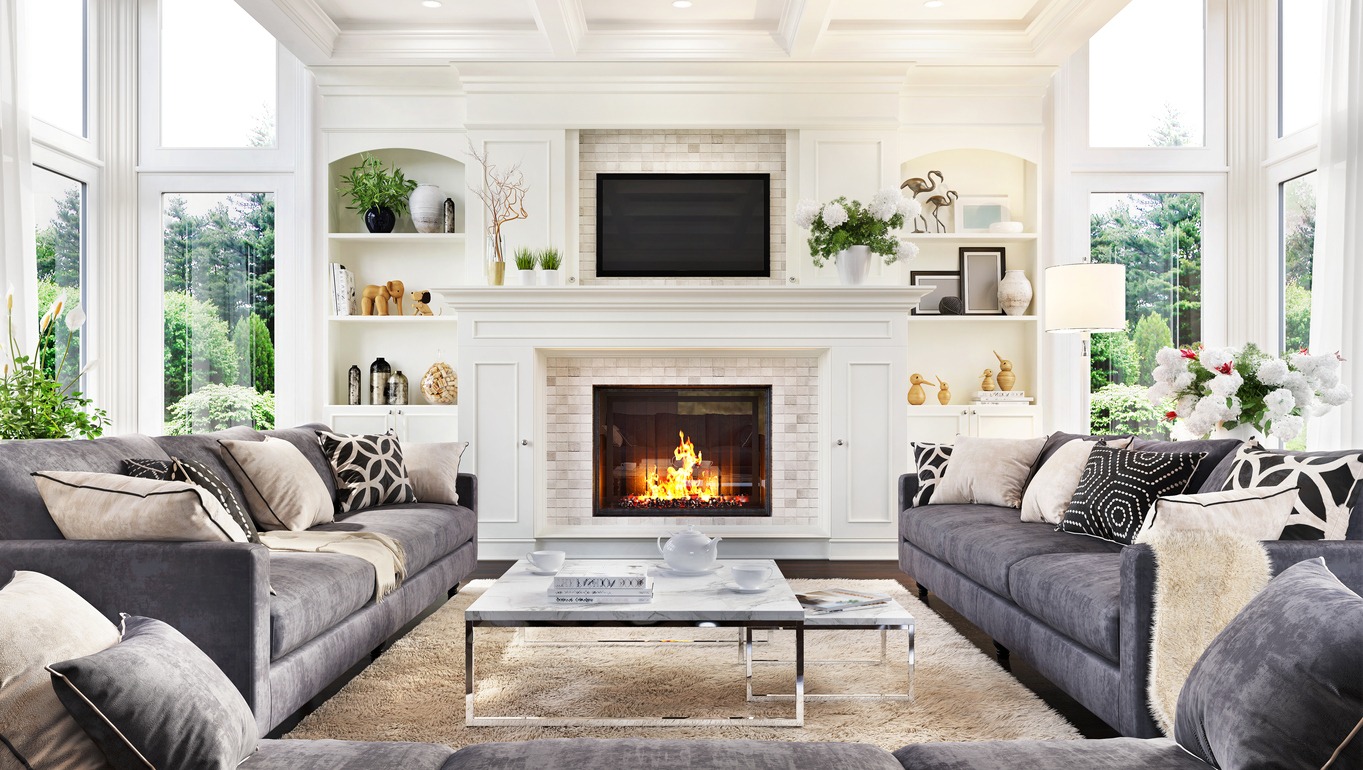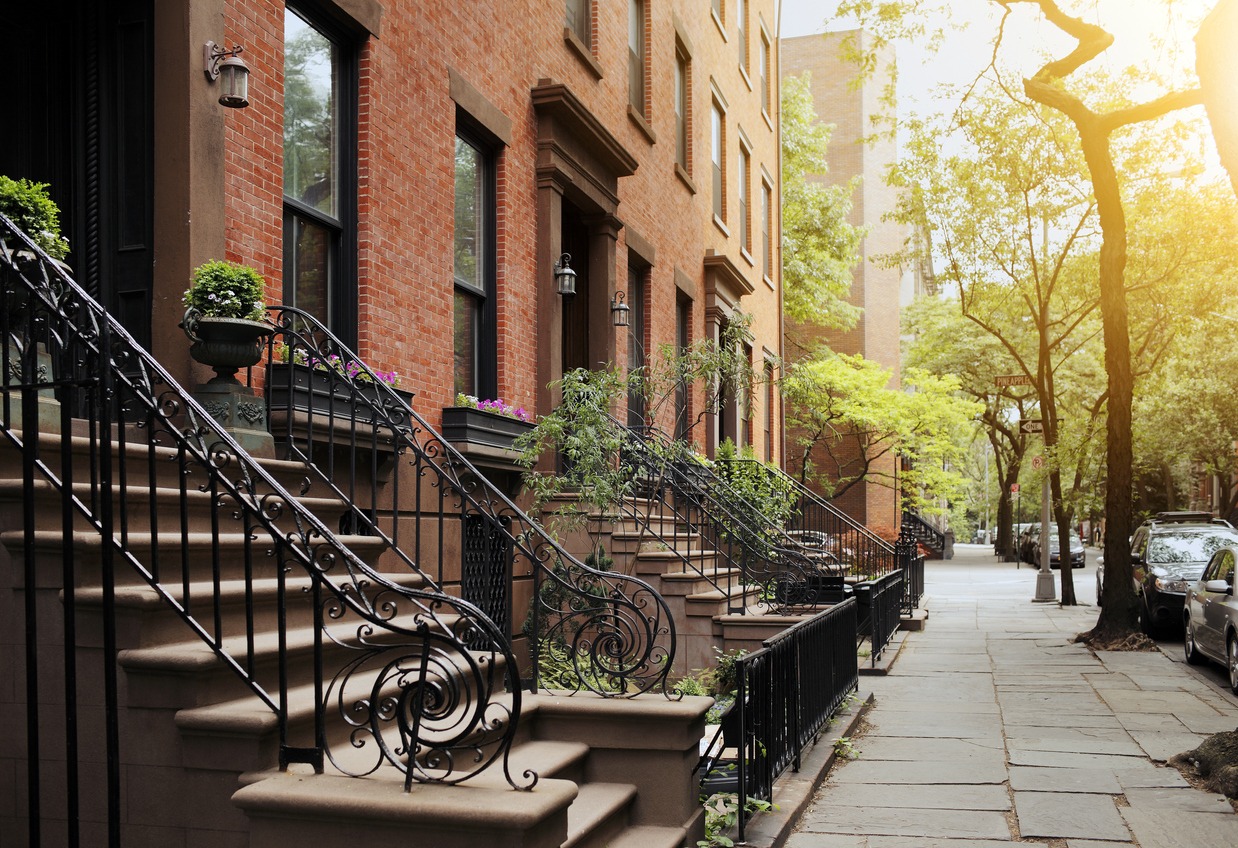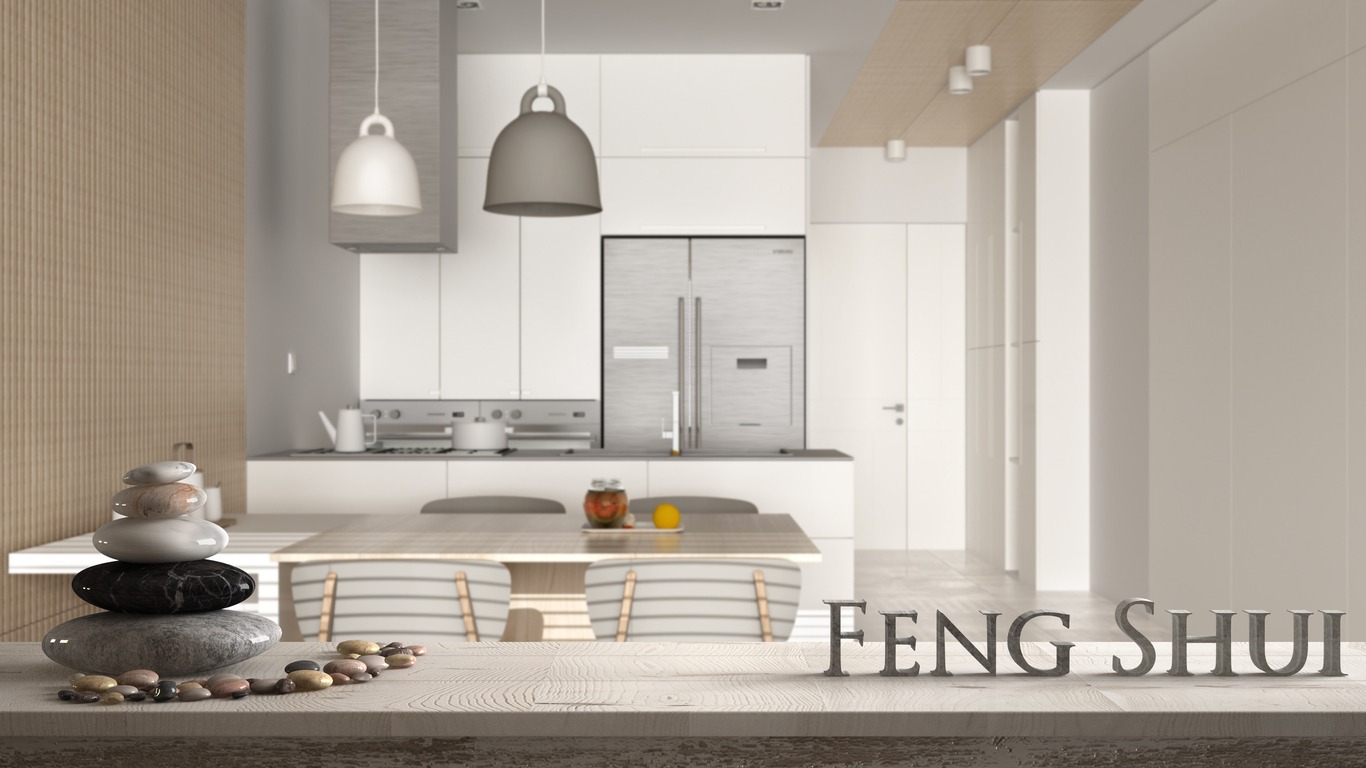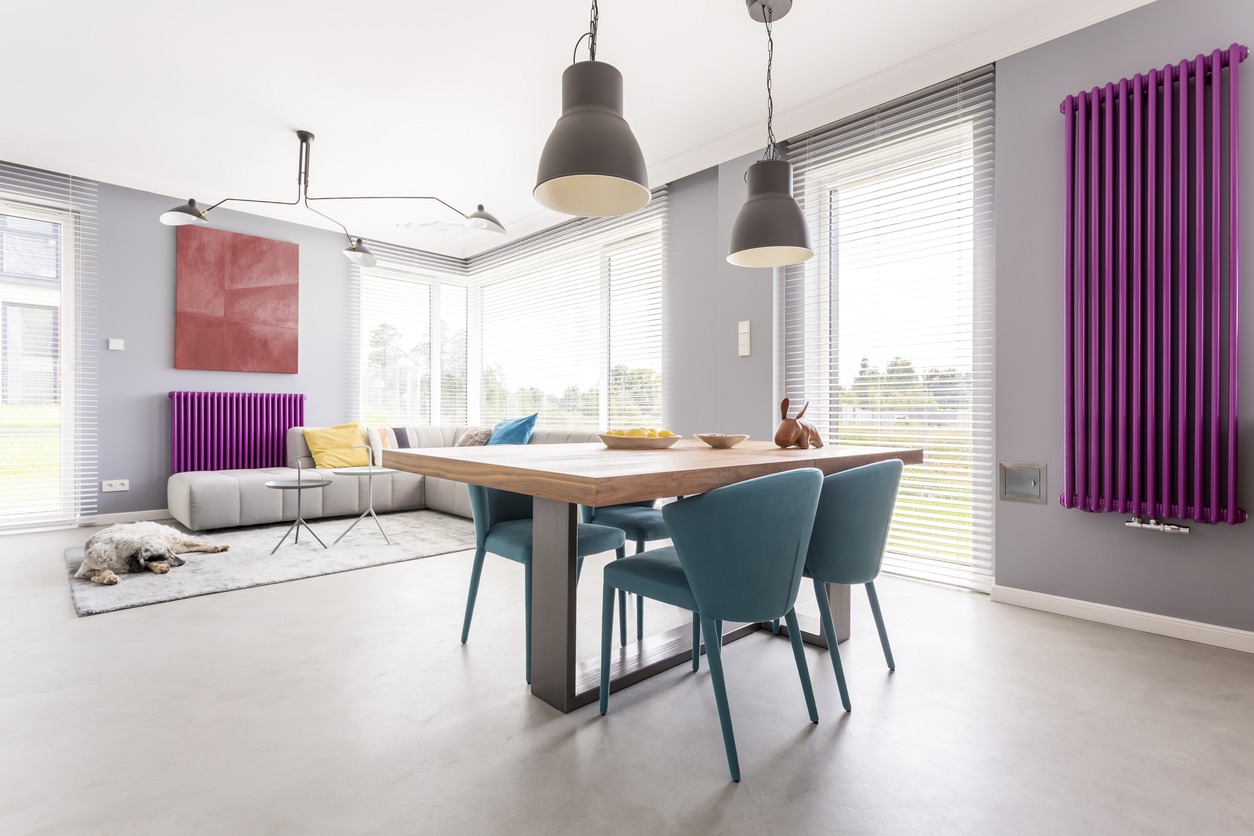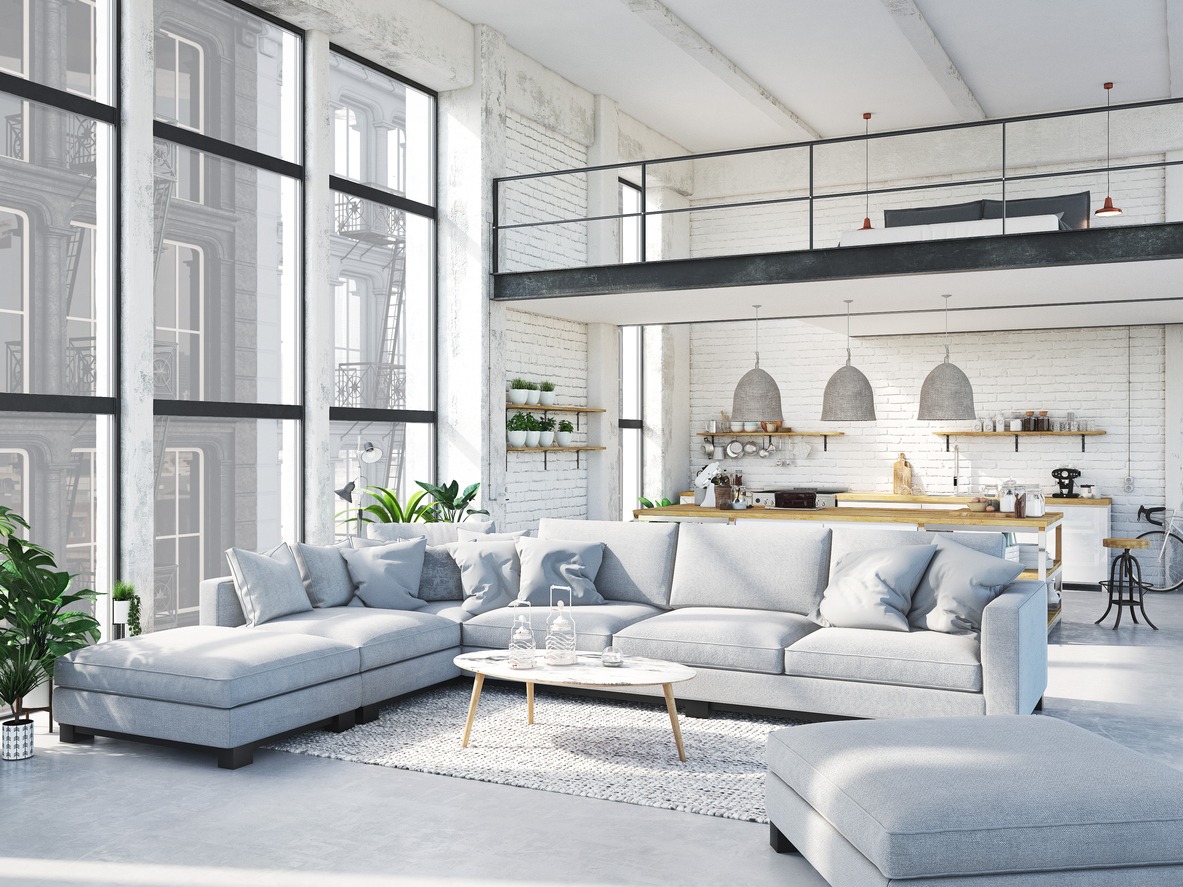New York City, a vibrant hub of diverse cultures, is not just a melting pot of people but also of design and aesthetics. This city has been shaped significantly by the various cultures that have made it their home, influencing everything from language and cuisine to, notably, interior design. In this article, we’ll explore how the rich blend of immigrant cultures has uniquely transformed New York’s interior design scene, creating a tapestry as varied and dynamic as its inhabitants. Join us as we delve into the captivating journey of cultural influences that have left an indelible mark on the city’s living spaces.
Historical Context of Immigration in New York
New York City, often celebrated as a beacon of cultural diversity, has been shaped profoundly by successive waves of immigration. Each wave brought with it a unique blend of cultures, enriching the city’s social fabric and influencing various aspects of city life, including its interior design.
Overview of Major Waves of Immigration in New York’s History:
The history of immigration in New York is a narrative of distinct eras. The early 19th century saw an influx of immigrants from Europe, particularly the Irish and Germans, escaping famine and political unrest. Post the Civil War era, the city witnessed a new wave, predominantly from Southern and Eastern Europe, including Italians, Jews, and Poles. Each group brought their own distinct customs, languages, and traditions.
The turn of the 20th century marked a significant shift with the arrival of immigrants from outside Europe. People from the Caribbean, Latin America, and Asia began to arrive in larger numbers. This trend continued and expanded in the latter half of the century, particularly after the Immigration and Nationality Act of 1965, which lifted many restrictions on non-European immigration.
Origins and Cultural Backgrounds of These Immigrant Groups:
The Irish, among the first large groups of immigrants, brought with them a rich heritage of Celtic art and folklore, influencing artistic expressions and decorative styles. The Germans contributed their robust craftsmanship and efficiency, visible in the pragmatic yet elegant designs of buildings and interiors.
The later waves, such as Italians and Eastern European Jews, introduced a myriad of ornamental styles and artisanal skills. Italian stonemasonry and woodworking, and Jewish artisanship in textiles and metals, began to feature prominently in New York’s buildings and homes.
The late 20th-century immigrants from Asia, Latin America, and the Caribbean added even more diversity. Latin American influences brought vibrant colors and patterns, while Asian cultures introduced minimalist and balanced design philosophies. These varied cultural backgrounds created a mosaic of design elements in New York’s interior spaces.
The Socio-Economic Impact of These Waves on New York City:
Each wave of immigration contributed to the economic dynamism of New York City. Immigrants often took up jobs in construction and manufacturing, directly influencing the city’s physical landscape. They established neighborhoods, like Chinatown and Little Italy, which became cultural hubs, further attracting diverse populations and fostering a culturally rich environment.
These immigrant groups also played a pivotal role in shaping the city’s economic profile. They brought in new crafts and trades, contributing to the city’s reputation as a center of innovation and craftsmanship. This economic contribution extended to the realm of interior design, where immigrant artisans, architects, and designers left a lasting legacy on the city’s aesthetic landscape. Explore more amazing architectures. Visit Exploring the Elegance of Antiquity – A Comparative Study of Greek Columns and Egyptian Pillars.
Discover the Popular Interior Design Styles of 1990’s. Visit Popular Interior Design Styles of the 90s.
Early Influences on Interior Design
The landscape of New York City’s interior design is deeply rooted in its early immigrant influences. The Dutch, English, and Irish settlers, among the first Europeans to arrive, left a significant imprint on the city’s architectural and interior design sensibilities.
Early Immigrant Influences on New York’s Architecture and Interior Spaces:
The Dutch, arriving in the 17th century, brought with them the styles prevalent in the Netherlands. They introduced the Dutch Colonial architecture, characterized by gambrel roofs, split doors, and brick or stone exteriors. Inside, the Dutch favored a simple, practical yet cozy style, often featuring large fireplaces as the heart of the home.
Following the Dutch, the English influence became predominant. Their impact is most notably seen in the Georgian style of architecture, characterized by symmetry and proportion. Inside, the English influence manifested in the form of elegant woodworking, detailed moldings, and a balanced blend of functionality and ornamentation.
The Irish immigration, peaking during the mid-19th century, brought in a different set of influences. While their economic situation often didn’t allow for grand architectural imprints, their influence was felt in the tenement designs, where maximizing space efficiently became a necessity. This led to a more pragmatic approach to interior design, focusing on functionality over form.
Examples of Architectural Styles and Interior Design Elements Introduced by These Groups:
The Dutch introduced the ‘stoop,’ a small porch or steps leading to the entrance, which became a staple in New York’s architecture. The English brought the row house design, which has since become synonymous with New York’s residential landscape. Inside these row houses, high ceilings, ornate fireplaces, and wood-paneled walls spoke of the English aesthetic.
The Irish influence is seen in the layouts of many older apartment buildings in New York. Their need to create livable spaces in cramped conditions led to the development of certain space-saving designs that are still relevant in modern urban living environments.
The Lasting Impact of These Early Influences in Modern New York:
These early influences set the stage for New York’s diverse architectural and interior design landscape. The Dutch Colonial homes, English row houses, and pragmatic interior designs inspired by the Irish are not just remnants of the past but have evolved and integrated into the modern New York style. Today, one can see modern interpretations of these styles, where historic elements are blended with contemporary design trends, keeping the legacy of these early immigrants alive.
The Melting Pot: Blending of Cultures in Design
New York City’s interior design landscape is a vivid illustration of cultural blending, where diverse aesthetic elements from around the world intermingle and evolve.
Exploration of How Different Cultures Have Blended in New York’s Interior Design:
The fusion of different cultures in New York’s interior design is evident in various aspects, from color schemes to fabric choices, and from decorative items to spatial arrangements. Italian and Chinese cultures, for instance, have intermingled in surprising and innovative ways. Italian influence, with its emphasis on luxury and detail, merges with the Chinese preference for simplicity and symbolism.
Specific Examples of Cultural Fusion in Interior Design:
An example of this blend can be seen in homes where Italian-inspired mosaic tile work incorporates Chinese motifs, such as dragons or lotus flowers. This fusion creates a unique aesthetic that is both luxurious and steeped in symbolic meaning. Another instance is the incorporation of the Chinese Feng Shui principles into the more classical European architectural layouts, bringing together a balance of energies with traditional elegance.
Modern Immigrant Influences
In the latter half of the 20th century and into the 21st, New York City continued to be shaped by waves of immigrants, this time primarily from Latin America, Asia, and Africa. These recent immigrant groups have not only added to the city’s cultural diversity but have also profoundly influenced its interior design landscape.
Recent Immigrant Influences: Latin American, Asian, African Cultures
The Latin American influence in New York’s interior design is characterized by vibrant colors, organic materials, and artisanal crafts. Homes and public spaces alike often feature bold hues like blues, reds, and yellows, inspired by the rich palettes of Central and South America. Textiles with intricate patterns and handmade pottery are common decorative elements.
Asian influences, on the other hand, bring a contrastingly serene and minimalist aesthetic. The principles of Feng Shui, emphasizing harmony and balance, have been increasingly integrated into New York homes. Traditional Asian materials like bamboo, silk, and rice paper, along with cultural motifs, are commonly used to add a sense of tranquility and simplicity to the spaces.
African immigrants have introduced an array of textures, patterns, and art forms that add depth and history to New York’s interior designs. African interior design elements often include handwoven fabrics, tribal art, and earthy tones, reflecting the continent’s diverse artistic heritage. The use of masks, sculptures, and wood carvings as decor pieces brings in a powerful cultural narrative.
Introduction of New Materials, Colors, and Design Philosophies:
The integration of these diverse cultures has brought about a refreshing change in material usage and color schemes. For instance, the use of traditional Latin American textiles in modern furniture upholstery or African patterns in contemporary wallpaper designs reflects a blend of old and new. The incorporation of Asian philosophies like Zen in interior design has not only influenced the use of space and form but also brought in a preference for natural materials and muted colors.
The Role of Modern Technology in Integrating and Showcasing Diverse Influences:
Modern technology plays a crucial role in integrating and showcasing these diverse cultural influences. Advances in digital imaging and 3D printing have allowed for the creation of unique, culturally inspired design elements that can be tailored to individual preferences. Virtual reality (VR) and augmented reality (AR) technologies are enabling designers and clients to visualize and experiment with different cultural styles before making physical changes.
Technology also facilitates the global exchange of ideas and designs. Online platforms and social media have become instrumental in spreading and popularizing diverse interior design trends. They allow for a virtual tour of spaces across the world, inspiring New Yorkers to incorporate global design elements into their own homes.
Conclusion
New York City’s interior design is a reflection of its diverse immigrant populations, each contributing to the city’s unique design ethos. Early European settlers like the Dutch, English, and Irish influenced the foundational styles of New York’s interiors, introducing practicality, elegance, and simplicity. Later, immigrants from Latin America, Asia, and Africa added new materials, colors, and philosophies, enriching the city’s design landscape. The result is a microcosm of global cultures, with each space telling a story of cultural convergence and exchange.
In modern times, technology has enabled a seamless fusion of these diverse influences, blending traditional and contemporary elements. This diversity in design is more than just aesthetic; it reflects New York’s identity as a cultural melting pot. The city’s interiors are living examples of different cultures harmonizing to create beautiful, inclusive spaces. Looking ahead, as new immigrant waves bring their styles and ideas, New York’s interior design will continue to evolve, showcasing the city’s resilience, adaptability, and commitment to cultural diversity and creativity.

